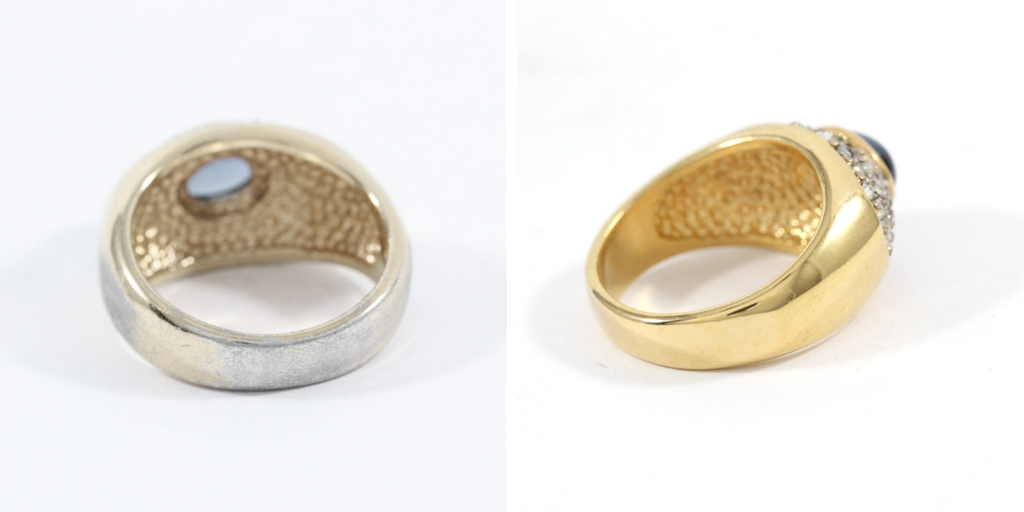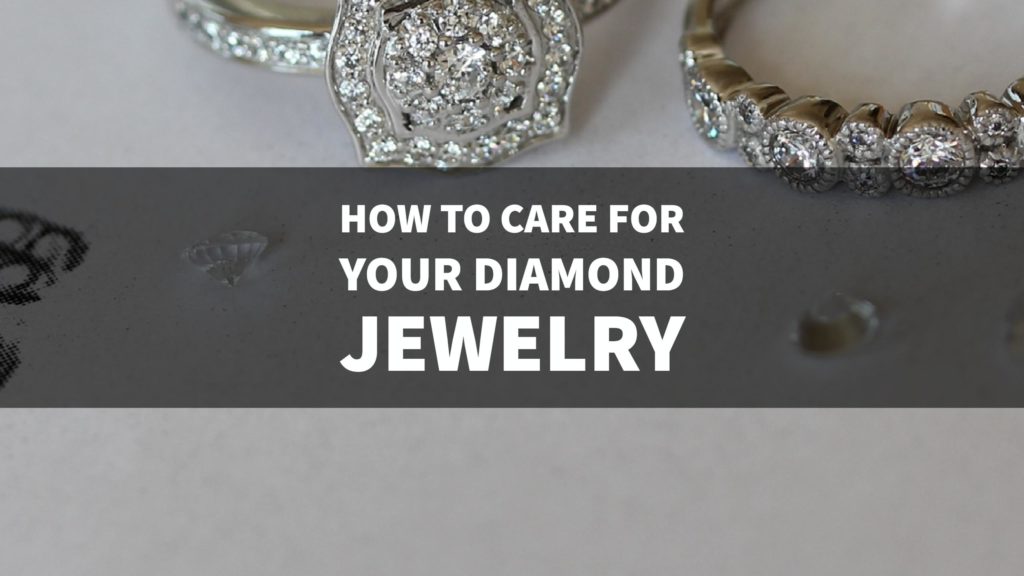Gold Filled Jewelry vs. Gold Plated Jewelry: What’s the Difference?
Written by Danielle Healy
August 20, 2020

The jewelry world is full of confusing terminology that can make a simple buying decision feel overwhelming. But don't worry! We're here to break down two commonly confused designations and the pros and cons of each. So here are the main differences between gold plated jewelry and gold filled jewelry.
To start, it's helpful to fully understand what solid gold jewelry is to grasp its other golden counterparts better. The most valuable form of jewelry, solid gold's purity is expressed as carats or karats, with the purest form denoted as 24 karats. Gold is naturally soft and malleable, leading it to be frequently mixed with other metals to increase its durability in a process known as “alloying.” Solid gold jewelry will not tarnish or fade. Despite this, solid gold jewelry won't automatically be the right pick for you due to its high price point and varying durability.
Gold Filled Jewelry
Gold filled jewelry is composed of a solid layer of gold mechanically bonded to a base metal like stainless steel, brass, or copper. The process requires a great deal of heat and pressure, resulting in a durable piece of jewelry at a fraction of the price of solid gold jewelry. The gold outer layer is typically 14K or 12K and makes up 5% or more of the piece's overall weight. Gold filled jewelry can tarnish, but only under especially extraneous circumstances. If properly taken care of, gold filled jewelry can last decades and won't irritate sensitive skin. Ensure your gold filled jewelry's longevity by supplementing regular professional cleaning; make a habit of wiping your pieces with a soft cloth to remove any oils and makeup that, over time, can result in discoloration.
Consider buying gold filled jewelry when selecting a meaningful (yet relatively affordable) gift or a piece of jewelry intended for everyday use!
Gold Plated Jewelry
Gold plated jewelry contains 100x less gold than gold filled jewelry, usually making up only 0.05% of a piece's overall weight. It's created by passing an electric current through a solution of water and “metal salt” to negatively charge the base metal. The positively charged ions of the gold are attracted to the base metal's negative charge, forming a thin outer layer of gold. Because the coating is so thin, the gold can easily rub off and tarnish. This is especially true if the item is worn every day or exposed to any kinds of liquids or chemicals. Gold plated jewelry can also cause allergic reactions for those with sensitive skin; however, it is substantially cheaper than even gold filled pieces are.
Consider buying gold plated jewelry when selecting trendy fashion pieces or costume jewelry!
There are plenty of pros and cons for every time of jewelry out there. The key is having all the facts so that you can make an informed decision about the best jewelry purchase to satisfy your wants and needs.
Whatever you decide to buy, we're here to help keep your pieces looking their best. If you have any jewelry in need of a cleaning or repair, comment below, and we'll help you get started!




Thanks. What about ‘Gold over Sterling’? And Vermeil?